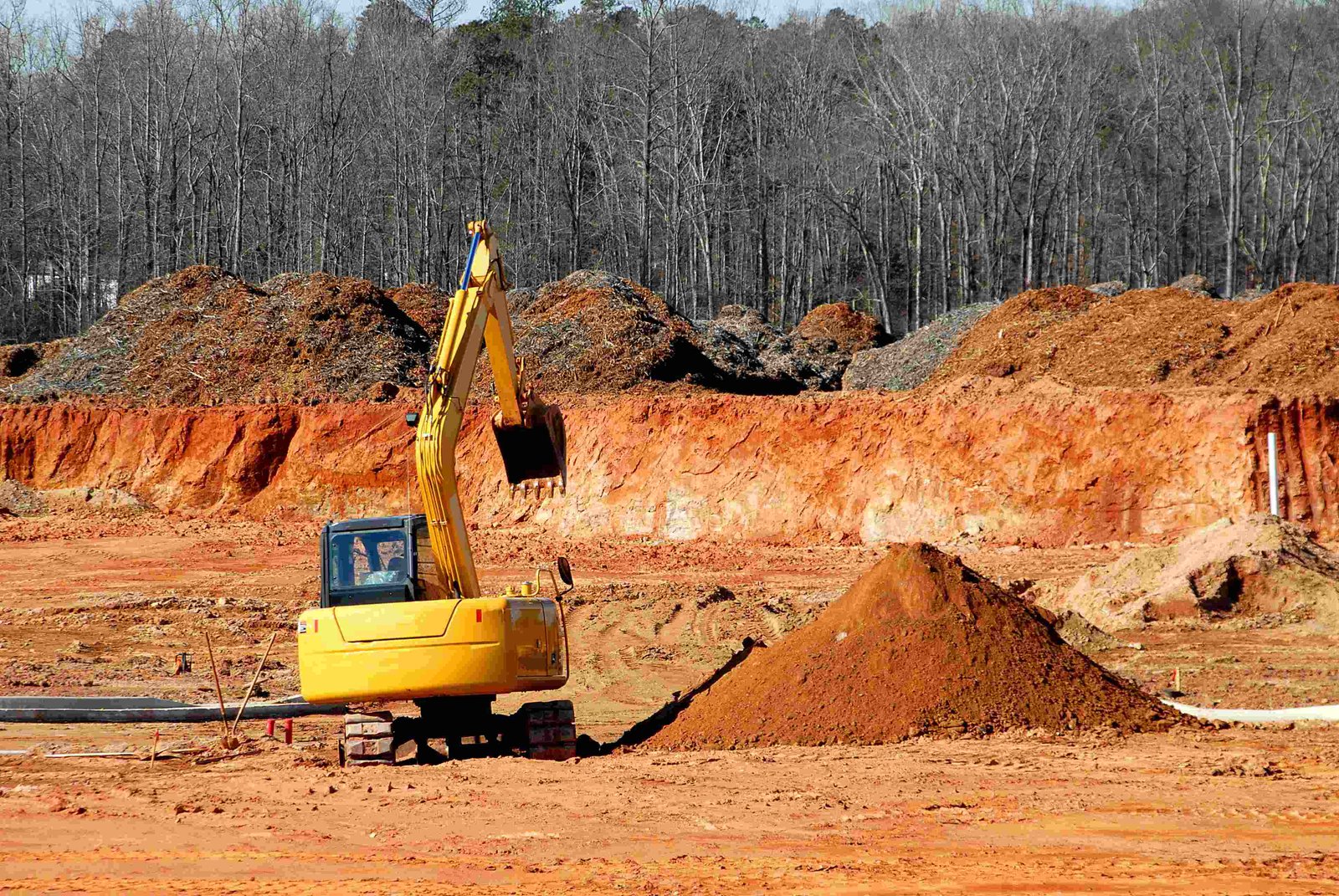In terms of it comes to enhancing aesthetics and safety for your home, few home upgrades match the effectiveness of putting up a fencing. If you aim to mark your property lines, protect your pets, or enhance the appeal to your yard, understanding how to install and repair it is key. A fence can serve a multitude of purposes, but knowing how to properly install and maintain it guarantees you make the most of your money.
In this article, we aim to clarify the key concepts involved in fencing installation and repair for homeowners as well as DIY enthusiasts. Starting with picking the right materials and mastering key repair skills, you’ll discover all you need to know to tackle fencing projects with assurance. Equipped with basic tools and some know-how, you can transform the outside of your home and keep a pristine look for years to come.
Tools and Materials Required
When embarking on a fencing installation or repair project, having the proper tools is important for attaining quality results. Fundamental tools include a post hole digger, shovel, and level. A post hole digger is vital for digging deep, narrow holes for fence posts, while a shovel helps with shifting soil and debris. A level ensures that your posts are installed straight, which is important for the overall appearance and stability of the fence.
In conjunction to the basic tools, you will need materials specific to the type of fence you are installing. Typical materials include wooden or metal fence posts, panels, fencing staples, and nails. For wooden fences, it is important to select pressure-treated wood that can endure the elements. If you are installing a chain link or vinyl fence, the corresponding hardware, such as tension bands and gate latches, will also be necessary. Make sure to collect all materials before starting to avoid interruptions.
Protective equipment should not be ignored in any fencing project. Items like gloves, safety glasses, and steel-toed boots can protect you from injuries while working with tools and materials. Ensuring your safety is just as important as the installation itself, so be prepared with the appropriate protective equipment. Having everything arranged and prepared will make the process smoother and more efficient.
Detailed Installation Instructions
To begin your fencing installation, begin by marking the perimeter of your fence. Use stakes and string to clearly define the boundary where the fence will be installed. This will help ensure precision in the placement of posts. Measure the space between individual post based on your fence design, typically 8 to 10 feet apart. It is crucial to verify that your measurements are accurate before proceeding, as this will affect the overall look and stability of your fence.
Afterward, dig the post holes using a hole digger or drill. The holes should be about one-third the height of the post to provide sufficient support. After digging the holes, place small stones at the bottom for drainage, then insert the posts into the hole. Make sure that the posts are level and aligned with your marked string line. Fill the holes with cement or packed soil to stabilize the posts, letting them to set as per the manufacturer’s recommendations for curing time.
Once the posts are in place and secured, it is time to affix the fence panels. Begin by fastening the bottom of each panel to the posts using brackets or screws, ensuring everything is level. Move to the top, maintaining consistent spacing across all sections. Finally, add any necessary finishing touches, such as post caps or protective sealants, to enhance strength and appearance. Your fence installation is now complete, providing security and beauty to your property.
Common Repair Approaches
When it comes to caring for your fence, the first step is usually tackling any tilted poles. To do this, you may need to dig around the base of the concerned post to evaluate the quality of the soil and the post itself as well. If the post is deteriorating, it might need to be replaced completely. For posts that are simply leaning, you can realign them by using a measuring tool to make certain they are upright before adding concrete around the base for security. Ensure that the concrete is permitted to set properly for a long-lasting fix.
An additional common issue homeowners face is broken panels or boards. According to the type of fencing medium, a straightforward replacement of the broken boards could be all that is necessary. For wooden fences, take out the worn slats and swap them with fresh ones, ensuring they match the current ones in dimension and stain or color. For vinyl or metal fencing, damaged panels may often require complete replacement, so be ready to source compatible panels from your supplier.
In conclusion, maintenance work often involves treating rust on metal fences. Routine maintenance, such as cleansing and treating surfaces, can help prevent extensive rust damage. If you notice rust spots, use sandpaper or a wire brush to scrub the area and remove any flaking rust. After cleaning, use Aluminum Fencing -inhibiting primer and then a matching paint to shield the area from further corrosion. This not only enhances the aesthetic of your fence but also extends its lifespan greatly.
